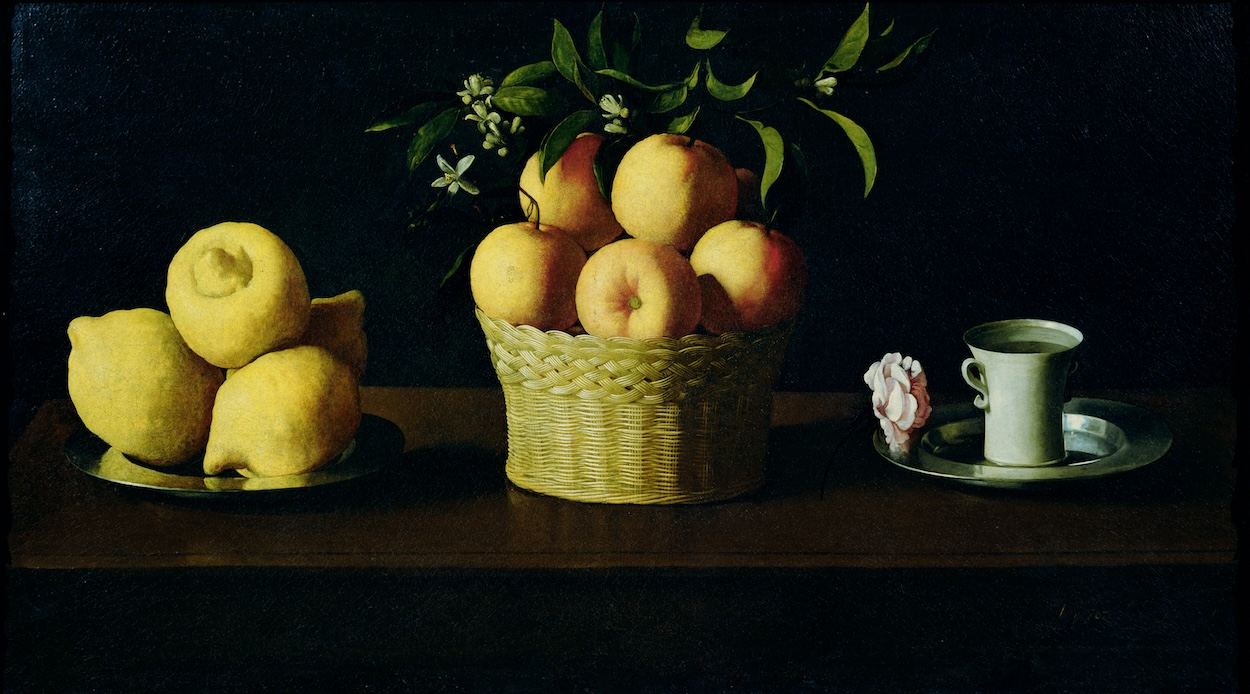I love certain sour flavours, such as the sprinkle of lemon on a piece of oily fish, or fatty meat. It is perfect with food that is naturally sweet, such as brown shrimp, scallops, or young, fresh peas. But spare me the heavy hand with the acid, which seems to be getting more and more frequent when it comes to pre-seasoned food in restaurants. Lemon juice should be a background note, helping the main flavours to stand out. It should not make you wince as though you are chewing a live wasp.
We should resist drowning our food in lemon juice in the way that we would ketchup or salt
I am just back from lunch at a lovely little Cypriot joint where every single thing is made from scratch. I had bulgur kofte – a crunchy shell filled with lamb, ground pistachios, walnuts, and pine nuts, and flavoured with oregano, fresh parsley mint, cinnamon, and a tiny hint of allspice. This dish is meant to be served with wedges of lemon on the side, but the chef had been unable to resist squeezing a load of the stuff over the kofte. I couldn’t taste any of the subtle flavours at all. Not only that, but the crispy shell was soggy where it met the puddle of acid on the plate. On my way home from the restaurant I stopped at the pharmacy to buy a large bottle of Gaviscon.
Excess lemon use is not only a problem in restaurants. At a friend’s cocktail party recently our host served the most exquisite seafoods blinis, onto which she squirted what looked like a litre of citrus as she brought them from the kitchen. The blinis were drenched, I could hardly taste the main ingredients, and the abundance of acid curdled the cream cheese.
And it’s not just food that too much lemon can ruin. The acid in the fruit is bad for your teeth. It can literally strip the enamel off it, and too much on a regular basis dries out your skin. Think about why you are squeezing that juice on your food before you do it, particularly if you have already added sumac or something else quite citrusy. If lemon will enhance something, think about it as the way you might sprinkle a little salt on a dish, don’t drown it in the stuff.
Apple cider or sherry vinegar are a much better option with delicate dishes, or use the juice from a roasted lemon mixed with a little brown sugar or honey. It is delicious on a roast chicken or vegetables such as courgettes and spinach, and allows the flavour of the main ingredient to sing. I’ve been making celery juice recently, which adds a delicious overtone, but without excess acid.
We should resist drowning our food in lemon juice in the way that we would ketchup or salt. It is an enhancer and should lift the flavours, not dominate. Those guilty of committing this particular culinary crime do it, in my experience, for one of two reasons: the food has little flavour, and lemon is a disguise, or, because lemon is a fruit and therefore healthy, it is assumed that it can do no wrong. Basically, it’s a type of snobbery.
What would we do without the lemon? Its juice works wonders for tenderising meat prior to cooking, and to stop avocado going brown once it’s been removed from its shell. The zest is delicious in lentil soup, and I can think of 100 other ways to use a lemon in cooking. But like adding too much cumin, or chilli, that little bit too much ruins everything.
Next time you are sprucing up a kofte, seafood, or salad, try using drops of a decent red wine vinegar, such as the rather special Pommery, or the less pricy Kolossos for a gentler contrast. Or, if you are hell-bent on lemons, be a bit more sparing when you sprinkle?
This article is free to read
To unlock more articles, subscribe to get 3 months of unlimited access for just $5







Comments
Join the debate for just £1 a month
Be part of the conversation with other Spectator readers by getting your first three months for £3.
UNLOCK ACCESS Just £1 a monthAlready a subscriber? Log in